
Photo source: PXHere http://bit.ly/2wtCBwL
If you love the period charm and heritage innate in your wooden sliding sash windows but hate the draughts, rattles, rot and heat loss that can also be part and parcel with an older property then.
You need help from experts. Traditional timber sash windows are an essential feature of a period buildings character. Therefore, it is vital to retain them, not only because of the appeal, but because they add value to your property. Also, known as a sliding sash or vertical sliders, they rely on a weighted system that allows the heavy sashes to lift and fall with ease. In order for the sashes to move in the box and operate smoothly there is a 3mm gap between the sash and the frame which is often the cause of draughts, rattles, dust and rain ingress and heat loss.
Dating back over 300 years, sash windows as we recognise them today have steadily evolved as technology and fashion have changed. At one time, due to a punitive window tax, the size of your panes was seen as an indicator of your wealth and interestingly the design was influenced by the Great Fire of London when post fire legislation required the windows to be recessed in to the brick work.
The most common cause of decay is water penetration. In a high percentage of cases, water penetration has often been caused by one or more of the five common problems listed below.
- Failing of the exterior paintwork to the sashes and box frame.
- Holes drilled into the window sills for cables.
- Gaps between the window sill and the stone threshold.
- Failing of linseed oil putty allowing rain water to sit on the glazing rebate to the sash, normally to the bottom rail and top meeting rail as water runs down the glass.
- Failing of the perimeter pointing allowing water to build up and decay timber members inside the reveals of your sash windows.
All of which are very easily repaired.



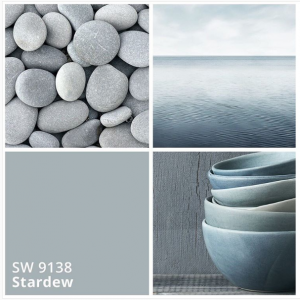

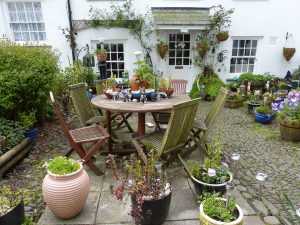 If you are fortunate enough to have a front garden as well as a rear garden, then you have probably considered paving it for easy maintenance… don’t! The front garden is more important than the rear garden. They are for show and not for relaxation and for curb appeal, not for parties and play.
If you are fortunate enough to have a front garden as well as a rear garden, then you have probably considered paving it for easy maintenance… don’t! The front garden is more important than the rear garden. They are for show and not for relaxation and for curb appeal, not for parties and play.

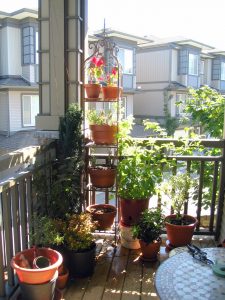 nd a couple of years ago. It started as a hobby for some, but it was rapidly adopted by those who wanted more control over what they put on the table.
nd a couple of years ago. It started as a hobby for some, but it was rapidly adopted by those who wanted more control over what they put on the table.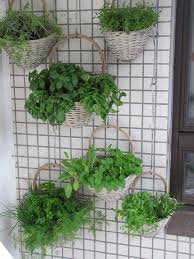 You can also grow small vegetables – actually any kind of vegetable if you do not want to mass-product it. Some suggestions are: cherry tomatoes, eggplants, peppers, green onions, radishes, beans, carrots
You can also grow small vegetables – actually any kind of vegetable if you do not want to mass-product it. Some suggestions are: cherry tomatoes, eggplants, peppers, green onions, radishes, beans, carrots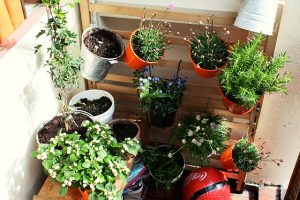 Don’t forget the seeds. Choose plants that grow fast enough. It can be a bit frustrating just looking at an empty pot for a couple of days, but keep in mind that the seed what planted! It takes time and water to grow.
Don’t forget the seeds. Choose plants that grow fast enough. It can be a bit frustrating just looking at an empty pot for a couple of days, but keep in mind that the seed what planted! It takes time and water to grow.